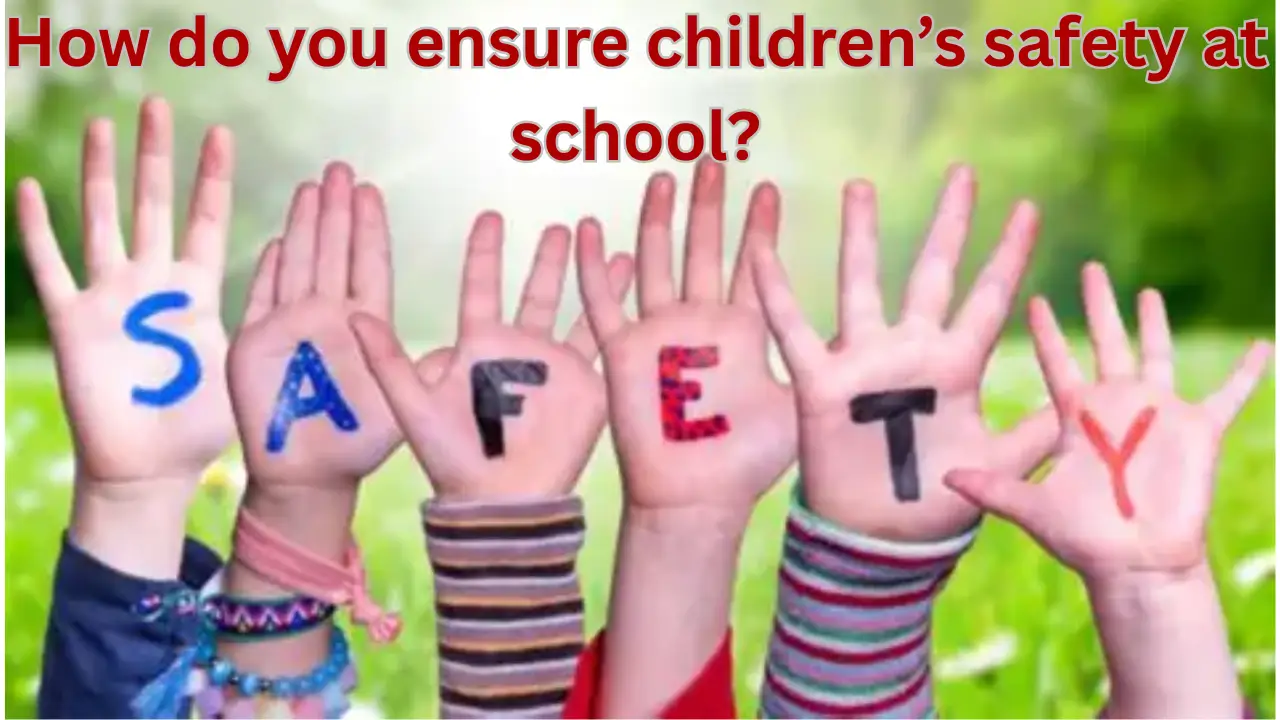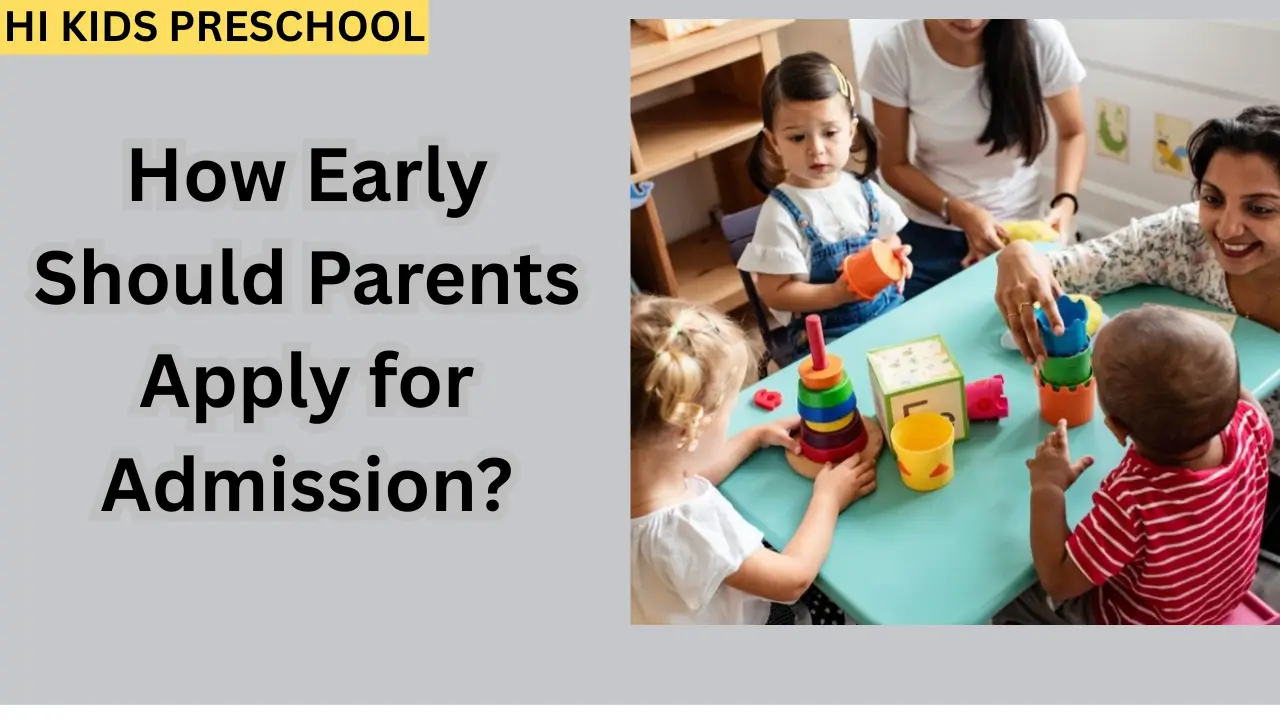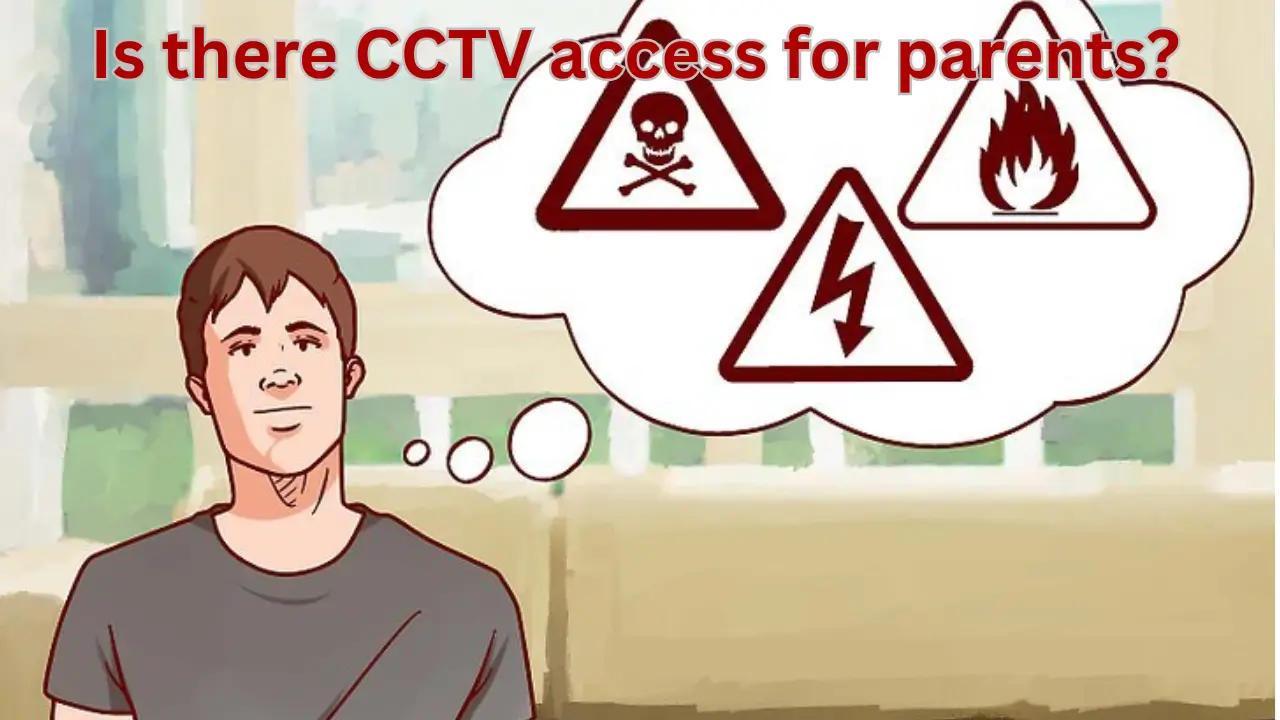Children spend a large portion of their day at school, making it one of the most important places to ensure their safety. Parents, teachers, and school management all share responsibility for making sure that children feel safe—physically, emotionally, and digitally. A safe school not only prevents accidents and threats but also boosts children’s confidence, learning, and overall growth.
Different Aspects of School Safety
1. Physical Safety
Schools need basic safety measures to avoid accidents inside classrooms, playgrounds, labs, and bus areas.
- Regular maintenance of infrastructure (benches, doors, electric wires).
- Safe playground equipment with supervision.
- Fire alarms and extinguishers in working condition.
- Adequate lighting in corridors and staircases.
2. Health and Hygiene Safety
Keeping children healthy is a major part of safety. Poor hygiene can spread infections and diseases in schools.
- Clean drinking water and well-maintained washrooms.
- Regular cleaning of classrooms, furniture, and windows.
- Availability of first-aid kits and partnerships with nearby hospitals.
- Vaccination and health check-up camps at regular intervals.
3. Emotional and Mental Safety
Children also need protection from bullying, stress, and emotional trauma.
- Strict anti-bullying policies.
- Counseling services for students facing stress.
- Training teachers to identify behavioral changes.
- Creating peer-support groups to ensure every child feels included.
4. Digital and Online Safety
As schools increasingly use digital tools, protecting children from cyber threats has become crucial.
- Monitoring internet usage in school computers.
- Educating children about cyberbullying and online scams.
- Installing parental control systems in school devices.
- Regular awareness sessions on responsible social media use.
5. Transport Safety
Many children depend on school buses and vans. Ensuring safety here is equally important.
- Verified and trained drivers.
- GPS-enabled buses so parents and schools can track movement.
- Emergency exits and fire extinguishers in buses.
- Teacher/attendant present in every school bus.
Role of Stakeholders in School Safety
| Stakeholder | Responsibility |
|---|---|
| Parents | Teaching children safety habits, checking transport, reporting issues promptly |
| Teachers | Classroom safety, identifying bullying, supporting emotional well-being |
| School Admin | Infrastructure safety, emergency drills, CCTV installation, background checks |
| Government | Enforcing safety laws, guidelines for health, transport, and disaster readiness |
| Students | Following school rules, reporting suspicious activities, caring for peers |
Latest Safety Updates in Schools (2025)
- Mandatory CCTV Surveillance – Many states have made CCTV cameras compulsory in all classrooms and school buses for monitoring.
- Emergency Preparedness Drills – Schools are now required to conduct at least two mock drills (fire, earthquake, or lockdown) every year.
- Digital Safety Guidelines – New instructions direct schools to educate children on cybercrime prevention, especially related to UPI frauds and social media misuse.
- Child Protection Committees – Institutions must set up dedicated child protection cells to address complaints quickly.
- Smart ID Cards – Some schools now use RFID or GPS-based ID cards so parents can monitor entry and exit times in real-time.
Practical Safety Measures to Implement
- Proper background checks of teaching and non-teaching staff.
- Separate and secure entry/exit gates for students.
- Staff training workshops on child protection laws and first aid.
- Restriction on outsiders entering school premises without verification.
- Regular parent-teacher meetings focusing on safety and discipline.
Emergency Preparedness Planning
Schools should have a clear action plan for unexpected situations such as fire, natural disasters, or medical emergencies. Key measures include:
- Conducting regular evacuation drills.
- Displaying emergency exit routes across the building.
- Having an emergency contact list (police, hospital, parents).
- Training both staff and students to remain calm during emergencies.
Conclusion
Children’s safety at school is not just the duty of one group—it is a shared responsibility involving schools, parents, communities, and governments. By addressing physical, emotional, digital, and transport safety, and keeping up with the latest guidelines, schools can create a secure environment where children not only learn but also thrive with confidence.

















